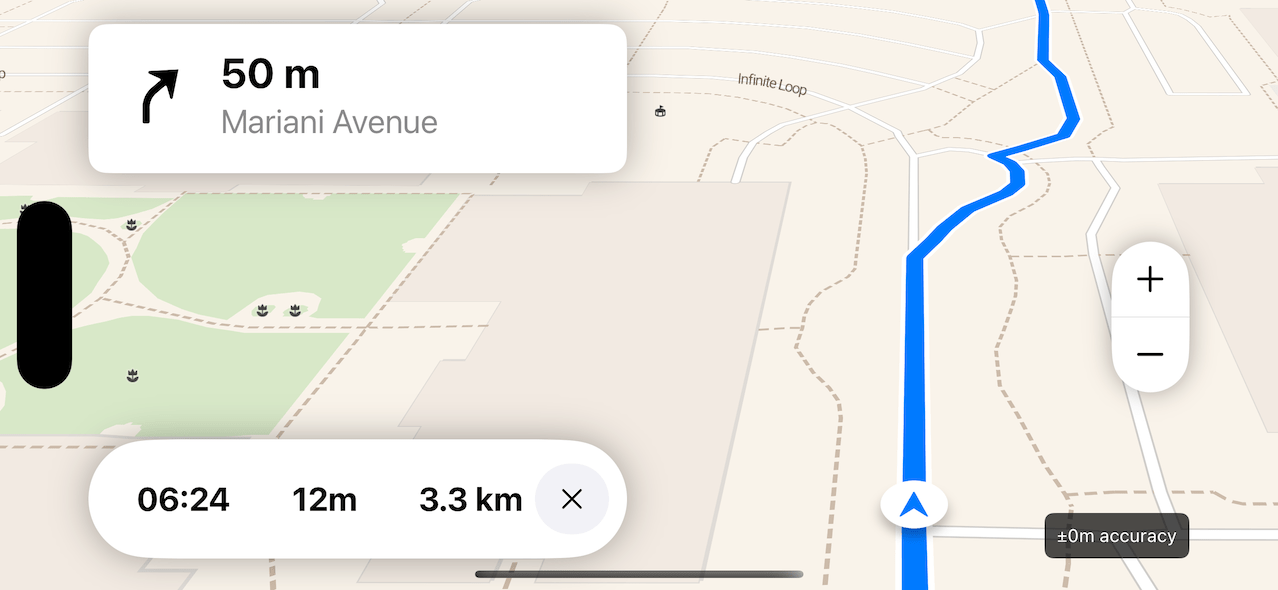Ferrostar¶
Build the turn-by-turn navigation experience your users deserve with Ferrostar, the fully customizable SDK for iOS, Android, and web.
- Customizable core behaviors - Everyone loves good defaults, but when you need something more, Ferrostar puts you in charge. It's easy to change the off-route detection logic, swap out the location provider, and more!
- Composable UI - Ferrostar's UI is built from reusable, composable components in SwiftUI and Jetpack Compose. Unlike other SDKs built around UIKit or Android Views, Ferrostar let's you customize and reuse the pieces you like, even if you're building a bespoke interface.
- Consistent design - Idiomatic platform SDKs, consistent API designs, and structural cohesion help you develop for multiple platforms with ease.
- Built for the future - Our UI layer comes with the latest goodies from MapLibre like Metal rendering, and the core is both memory safe and highly portable by design (it even works on many embedded architectures!).

Getting Started¶
First, you'll need a Stadia Maps API key to access basemaps and routing.
- Sign in to the client dashboard. (If you don't have an account yet, sign up for free; no credit card required!)
- Click "Manage Properties."
- If you have more than one property (ex: for several websites or apps), make sure you have selected the correct property from the dropdown at the top of the page.
- Under "Authentication Configuration," you can generate, view or revoke your API key.
Video: How to generate your API key¶
Once you have your API key, head over to Ferrostar's dedicated documentation site for tutorials and in-depth customization guides for iOS, Android, and web.
Getting Support¶
GitHub issues and discussions
are the best way to submit feature requests and bug reports.
If you have a general question, the #ferrostar channel on the OSM US Slack
is the place to chat!
We also offer commercial support with response time guarantees and expert advice on your integration. Contact sales for details.
Source Code¶
Ferrostar is completely open source and available under a BSD license! You can find the source code on GitHub.